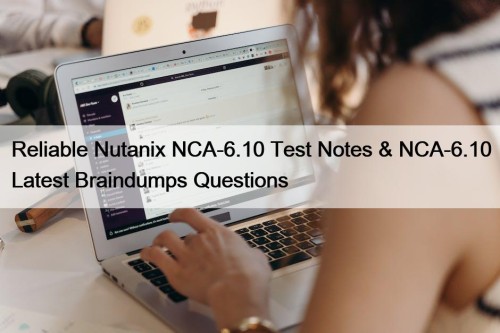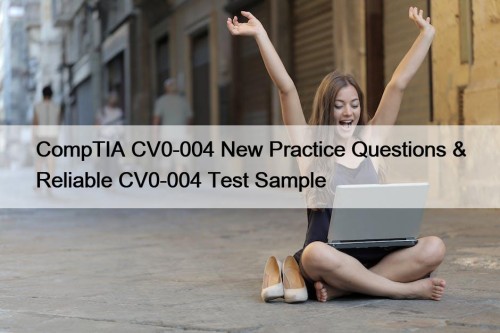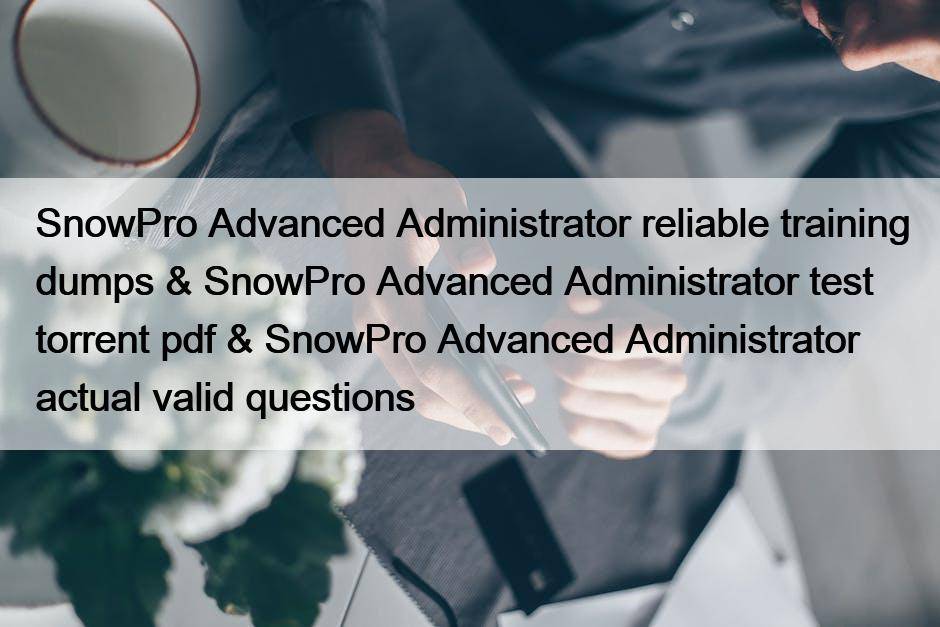Most Popular
 Reliable Nutanix NCA-6.10 Test Notes & NCA-6.10 Latest Braindumps Questions
Reliable Nutanix NCA-6.10 Test Notes & NCA-6.10 Latest Braindumps Questions
As the old saying goes, practice is the only standard ...
 CompTIA CV0-004 New Practice Questions & Reliable CV0-004 Test Sample
CompTIA CV0-004 New Practice Questions & Reliable CV0-004 Test Sample
2025 Latest ActualVCE CV0-004 PDF Dumps and CV0-004 Exam Engine ...
 First-grade Free JavaScript-Developer-I Download - Win Your Salesforce Certificate with Top Score
First-grade Free JavaScript-Developer-I Download - Win Your Salesforce Certificate with Top Score
What's more, part of that TrainingDumps JavaScript-Developer-I dumps now are ...



SnowPro Advanced Administrator reliable training dumps & SnowPro Advanced Administrator test torrent pdf & SnowPro Advanced Administrator actual valid questions

DOWNLOAD the newest UpdateDumps ADA-C01 PDF dumps from Cloud Storage for free: https://drive.google.com/open?id=1TFzBBAvsCoRbOAXYVAuHl5iaO566zlwk
UpdateDumps try hard to makes Snowflake SnowPro Advanced Administrator exam preparation easy with its several quality features. Our ADA-C01 exam dumps come with 100% refund assurance. We are dedicated to your accomplishment, hence pledges you victory in ADA-C01 Certification exam in a single attempt. If for any reason, a user fails in ADA-C01 exam then he will be refunded the money after the process. Also, we offer one year free updates to our ADA-C01 Exam esteemed users; and these updates will be entitled to your account right from the date of purchase. Also the 24/7 Customer support is given to users, who can email us if they find any haziness in the ADA-C01 exam dumps, our team will merely answer to your all ADA-C01 exam product related queries.
Snowflake ADA-C01 Exam Syllabus Topics:
| Topic | Details |
|---|---|
| Topic 1 |
|
| Topic 2 |
|
| Topic 3 |
|
| Topic 4 |
|
| Topic 5 |
|
| Topic 6 |
|
Reliable ADA-C01 Test Braindumps - ADA-C01 Materials
UpdateDumps ADA-C01 practice test has real ADA-C01 exam questions. You can change the difficulty of these questions, which will help you determine what areas appertain to more study before taking your SnowPro Advanced Administrator (ADA-C01) exam dumps. Here we listed some of the most important benefits you can get from using our SnowPro Advanced Administrator (ADA-C01) practice questions.
Snowflake SnowPro Advanced Administrator Sample Questions (Q54-Q59):
NEW QUESTION # 54
A Snowflake Administrator created a role ROLE_MANAGED_ACCESS and a schema SCHEMA_MANAGED_ACCESS as follows:
USE ROLE SECURITYADMIN;
CREATE ROLE ROLE_MANAGED_ACCESS;
GRANT ROLE ROLE_MANAGED_ACCESS TO ROLE SYSADMIN;
GRANT USAGE ON WAREHOUSE COMPUTE_WH TO ROLE ROLE_MANAGED_ACCESS;
GRANT ALL privileges ON DATABASE WORK TO ROLE ROLE_MANAGED_ACCESS;
USE ROLE ROLE_MANAGED_ACCESS;
CREATE SCHEMA SCHEMA_MANAGED_ACCESS WITH MANAGED ACCESS;
USE ROLE SECURITYADMIN;
GRANT SELECT, INSERT ON FUTURE TABLES IN SCHEMA SCHEMA MANAGED ACCESS to ROLE_MANAGED_ACCESS; The Administrator now wants to disable the managed access on the schema.
How can this be accomplished?
- A. REVOKE SELECT, INSERT ON FUTURE TABLES IN SCHEMA SCHEMA_MANAGED_ACCESS FROM ROLE_MANAGED_ACCESS; ALTER SCHEMA SCHEMA MANAGED ACCESS DISABLE MANAGED ACCESS;
- B. USE ROLE ROLE_MANAGED_ACCESS;
DROP SCHEMA WORK. SCHEMA MANAGED_ACCESS;
CREATE SCHEMA SCHEMA_MANAGED_ACCESS WITHOUT MANAGED ACCESS;
Then recreate all needed objects. - C. USE ROLE ROLE MANAGED_ACCESS;
DROP SCHEMA WORK. SCHEMA_MANAGED_ACCESS;
CREATE SCHEMA SCHEMA_MANAGED_ACCESS;
Then recreate all needed objects. - D. ALTER SCHEMA SCHEMA MANAGED ACCESS DISABLE MANAGED ACCESS;
Answer: D
Explanation:
According to the Snowflake documentation1, you can change a managed access schema to a regular schema using the ALTER SCHEMA statement with the DISABLE MANAGED ACCESS keywords. This will disable the managed access feature on the schema and revert the access control to the default behavior. Option B is incorrect because dropping and recreating the schema will also delete all the objects and metadata in the schema, which is not necessary to disable the managed access. Option C is incorrect because revoking the privileges on the future tables from the role is not required to disable the managed access. Option D is incorrect because there is no WITHOUT MANAGED ACCESS option in the CREATE SCHEMA statement.
NEW QUESTION # 55
An Administrator has a user who needs to be able to suspend and resume a task based on the current virtual warehouse load, but this user should not be able to modify the task or start a new run.
What privileges should be granted to the user to meet these requirements? (Select TWO).
- A. EXECUTE TASK on the task
- B. OWNERSHIP on the database and schema containing the task
- C. OPERATE on the task
- D. USAGE on the database and schema containing the task
- E. OWNERSHIP on the task
Answer: C,D
Explanation:
The user needs the OPERATE privilege on the task to suspend and resume it, and the USAGE privilege on the database and schema containing the task to access it1. The EXECUTE TASK privilege is not required for suspending and resuming a task, only for triggering a new run1. The OWNERSHIP privilege on the task or the database and schema would allow the user to modify or drop the task, which is not desired.
NEW QUESTION # 56
A Snowflake Administrator has a multi-cluster virtual warehouse and is using the Snowflake Business Critical edition. The minimum number of clusters is set to 2 and the maximum number of clusters is set to 10. This configuration works well for the standard workload, rarely exceeding 5 running clusters. However, once a month the Administrator notes that there are a few complex long-running queries that are causing increased queue time and the warehouse reaches its maximum limit at 10 clusters.
Which solutions will address the issues happening once a month? (Select TWO).
- A. Use a task to increase the cluster size for the time period that the more complex queries are running and another task to reduce the size of the cluster once the complex queries complete.
- B. Examine the complex queries and determine if they can be made more efficient using clustering keys or materialized views.
- C. Increase the minimum number of clusters started in the multi-cluster configuration to 5.
- D. Increase the multi-cluster maximum to 20 or more clusters.
- E. Have the group running the complex monthly queries use a separate appropriately-sized warehouse to support their workload.
Answer: A,E
Explanation:
According to the Snowflake documentation1, a multi-cluster warehouse is a virtual warehouse that consists of multiple clusters of compute resources that can scale up or down automatically to handle the concurrency and performance needs of the queries submitted to the warehouse. A multi-cluster warehouse has a minimum and maximum number of clusters that can be specified by the administrator. Option A is a possible solution to address the issues happening once a month, as it allows the administrator to use a task to increase the cluster size for the time period that the more complex queries are running and another task to reduce the size of the cluster once the complex queries complete. This way, the warehouse can have more resources available to handle the complex queries without reaching the maximum limit of 10 clusters, and then return to the normal cluster size to save costs. Option B is another possible solution to address the issues happening once a month, as it allows the administrator to have the group running the complex monthly queries use a separate appropriately-sized warehouse to support their workload. This way, the warehouse can isolate the complex queries from the standard workload and avoid queue time and resource contention. Option C is not a recommended solution to address the issues happening once a month, as it would increase the costs and complexity of managing the multi-cluster warehouse, and may not solve the underlying problem of inefficient queries. Option D is a good practice to improve the performance of the queries, but it is not a direct solution to address the issues happening once a month, as it requires analyzing and optimizing the complex queries using clustering keys or materialized views, which may not be feasible or effective in all cases. Option E is not a recommended solution to address the issues happening once a month, as it would increase the costs and waste resources by starting more clusters than needed for the standard workload.
NEW QUESTION # 57
DatabaseA has a single schema called Schema1. This schema contains many tables and views. The ANALYST role has privileges to select from all objects in DatabaseA. Schema1. The SYSADMIN role clones DatabaseA to DatabaseA_clone.
What privileges does the ANALYST role have on tables and views in DatabaseA_clone? (Select TWO).
- A. USAGE on the schema DatabaseA clone
- B. SELECT on all tables, and only non-secure views in DatabaseA_clone. Schemal
- C. SELECT on all tables, and only secure views in DatabaseA_clone. Schemal
- D. SELECT on all tables and views in DatabaseA_clone. Schema1
- E. USAGE on the database DatabaseA_clone. Schemal
Answer: B,D
Explanation:
Explanation
According to the Snowflake documentation, when a database or schema is cloned, the clone inherits all granted privileges on the clones of all child objects contained in the source object, such as tables and views.
However, the clone of the container itself does not inherit the privileges granted on the source container.
Therefore, the ANALYST role will have SELECT privilege on all tables and views in DatabaseA_clone.Schema1, but not USAGE privilege on the database or schema. The type of view (secure or non-secure) does not affect the cloning of privileges.
NEW QUESTION # 58
What role or roles should be used to properly create the object required to setup OAuth 2.0 integration?
- A. ACCOUNTADMIN and SYSADMIN
- B. ACCOUNTADMIN only
- C. Any role with GRANT USAGE on SECURITY INTEGRATION
- D. ACCOUNTADMIN and SECURITYADMIN
Answer: B
Explanation:
According to the Using OAuth 2.0 with Snowflake - Blog, only the ACCOUNTADMIN role can create and manage integrations, so an administrator must assume that role when creating a security integration for OAuth. The other roles do not have the necessary privileges to create the object required to setup OAuth 2.0 integration.
NEW QUESTION # 59
......
Just choose the right Snowflake ADA-C01 exam questions format demo and download it quickly. Download the UpdateDumps Snowflake ADA-C01 exam questions demo now and check the top features of UpdateDumps Snowflake ADA-C01 Exam Questions. If you think the UpdateDumps Snowflake ADA-C01 exam dumps can work for you then take your buying decision. Best of luck in exams and career!!!
Reliable ADA-C01 Test Braindumps: https://www.updatedumps.com/Snowflake/ADA-C01-updated-exam-dumps.html
- 100% Pass Quiz 2025 Professional Snowflake ADA-C01: SnowPro Advanced Administrator Test Vce 🦀 Search for ➡ ADA-C01 ️⬅️ and download exam materials for free through ( www.testkingpdf.com ) 👼ADA-C01 Free Download Pdf
- New ADA-C01 Exam Simulator 🟢 Test Certification ADA-C01 Cost 🏏 ADA-C01 Customized Lab Simulation 💬 Search on ➽ www.pdfvce.com 🢪 for { ADA-C01 } to obtain exam materials for free download 🈺Latest ADA-C01 Study Guide
- Reliable ADA-C01 Test Bootcamp 🚑 Test ADA-C01 Prep 👆 Real ADA-C01 Exam Answers 🎤 Open website ⏩ www.pass4test.com ⏪ and search for ▶ ADA-C01 ◀ for free download 🛤Real ADA-C01 Exam Answers
- SnowPro Advanced Administrator sure pass dumps - ADA-C01 actual training pdf 😄 Search for ➥ ADA-C01 🡄 and download it for free on 「 www.pdfvce.com 」 website 🌹Latest ADA-C01 Study Guide
- SnowPro Advanced Administrator sure pass dumps - ADA-C01 actual training pdf 🕥 Enter ➡ www.passcollection.com ️⬅️ and search for ▛ ADA-C01 ▟ to download for free 🚓ADA-C01 Simulated Test
- Test Certification ADA-C01 Cost 📭 Reliable ADA-C01 Exam Guide 🔍 ADA-C01 Pass4sure 🎷 Go to website 《 www.pdfvce.com 》 open and search for 【 ADA-C01 】 to download for free 🙃Excellect ADA-C01 Pass Rate
- 100% Pass Quiz 2025 Professional Snowflake ADA-C01: SnowPro Advanced Administrator Test Vce 🖐 Search for ➽ ADA-C01 🢪 and download it for free on ⏩ www.passcollection.com ⏪ website 🥂Exam ADA-C01 Vce Format
- ADA-C01 Free Download Pdf ⚾ Real ADA-C01 Exam Answers 🥄 New ADA-C01 Exam Simulator 🧫 Download ⇛ ADA-C01 ⇚ for free by simply entering ☀ www.pdfvce.com ️☀️ website 🤠Latest ADA-C01 Study Guide
- Free PDF ADA-C01 - Marvelous SnowPro Advanced Administrator Test Vce 🛫 Search for ➽ ADA-C01 🢪 and easily obtain a free download on ➽ www.prep4away.com 🢪 🌴Reliable ADA-C01 Exam Guide
- Free PDF ADA-C01 - Marvelous SnowPro Advanced Administrator Test Vce 🍺 Open ⏩ www.pdfvce.com ⏪ and search for { ADA-C01 } to download exam materials for free 👌ADA-C01 Reliable Braindumps Free
- New ADA-C01 Exam Simulator 🌗 ADA-C01 Reliable Test Price 🦕 Real ADA-C01 Dumps Free 🦲 Search for { ADA-C01 } and obtain a free download on ✔ www.dumpsquestion.com ️✔️ 🤭ADA-C01 Test Dump
- ADA-C01 Exam Questions
- hgsglearning.com 123.infobox.com.tw hillparkpianolessons.nz learn.createspaceafrica.com lms.drektashow.com cyberneticsstemacademy.com joumanamedicalacademy.de wp.ittec.in guru.coach perceptiva.training
What's more, part of that UpdateDumps ADA-C01 dumps now are free: https://drive.google.com/open?id=1TFzBBAvsCoRbOAXYVAuHl5iaO566zlwk
Tags: ADA-C01 Test Vce, Reliable ADA-C01 Test Braindumps, ADA-C01 Materials, ADA-C01 Valid Dumps Ebook, ADA-C01 Latest Learning Materials